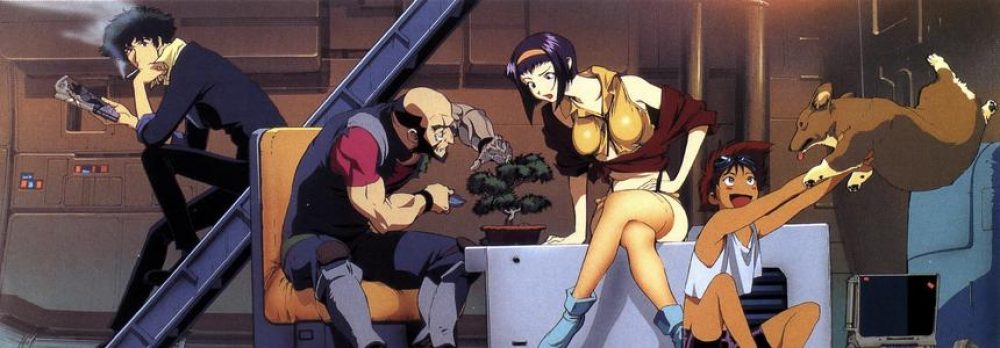This week I made the character hair, mainly using Xgen. During this time, I watched the video tutorials that Karl learned before. This is very helpful to my work. By the way, the work of UV and model optimization is in Karl helped me to complete it before. He is very proficient in the use of RizomUV. Thank you, Karl!
Hair making is not difficult, but it is a job that requires patience. The basic production step is to first extract the polygon face that will grow hair. On this character’s face, there are eyebrow, eyelash, hair and moustache. As well as his face mask and cotton hat.

The first is a cotton hat and face mask, because he grows hair in all positions, here is the creation of the groom in Xgen.

After creating, you can edit the hair density, length and width in the Xgen editor. Then only need to add a noise effect to the modifier, you can quickly make the fibre effect on the clothes.


In addition to the previous steps, it is necessary to add a mask drawing to the production of facial hair, because the hair has obvious density changes. Take the production of eyebrows as an example. If it is directly generated, hair will grow in all positions, which is obviously incorrect. Therefore, you need to click the brush icon to the right of the mask to draw an area, here is similar to the weight drawing, the whiter the place, the denser the hair.


The direction of the hair also needs to be adjusted. In Xgen, the guide is used to control the direction of the hair. After that, the specific trend of the hair needs to be controlled with a brush. In addition, there are other functions, such as mirroring guides or adding guides. In short, this is a very need for patience and Careful work, you must slowly adjust the hair trend to the ideal state. The time spent here is to achieve good results later.

Final Result:

The final overall hair effect:

The effect of Arnold rendering in Maya after adding materials:


The eyes are not made of material here because we decided to use the original inspiration source as the character’s eyes.
The next step is to import the hair into the UE.
Here is my main reference video
Maya export groom to UE4:
Groom import to UE4:
Hair Shader in UE4:
One of the main problems that need to be solved in UE is how to make the hair follow the animation. In the reference video, UE4.26 provides a very good binding function. I imitated the operation in the video. Most of the hair is normal, except for the eyebrows and eyelashes. When I added the binding, the hair immediately became very flat. But the hat and face mask look normal.

I finally found an article explaining this problem after I searched Google for a long time:
https://answers.unrealengine.com/questions/1018697/view.html?sort=oldest

Simply, this is also due to the accuracy problem caused by the problem of character physical asset settings, similar to the problem of cloth simulation. This is more common on short hair, so I modified the character’s physical assets to only keep the collision body of the head.

Cool! Now they look normal!

